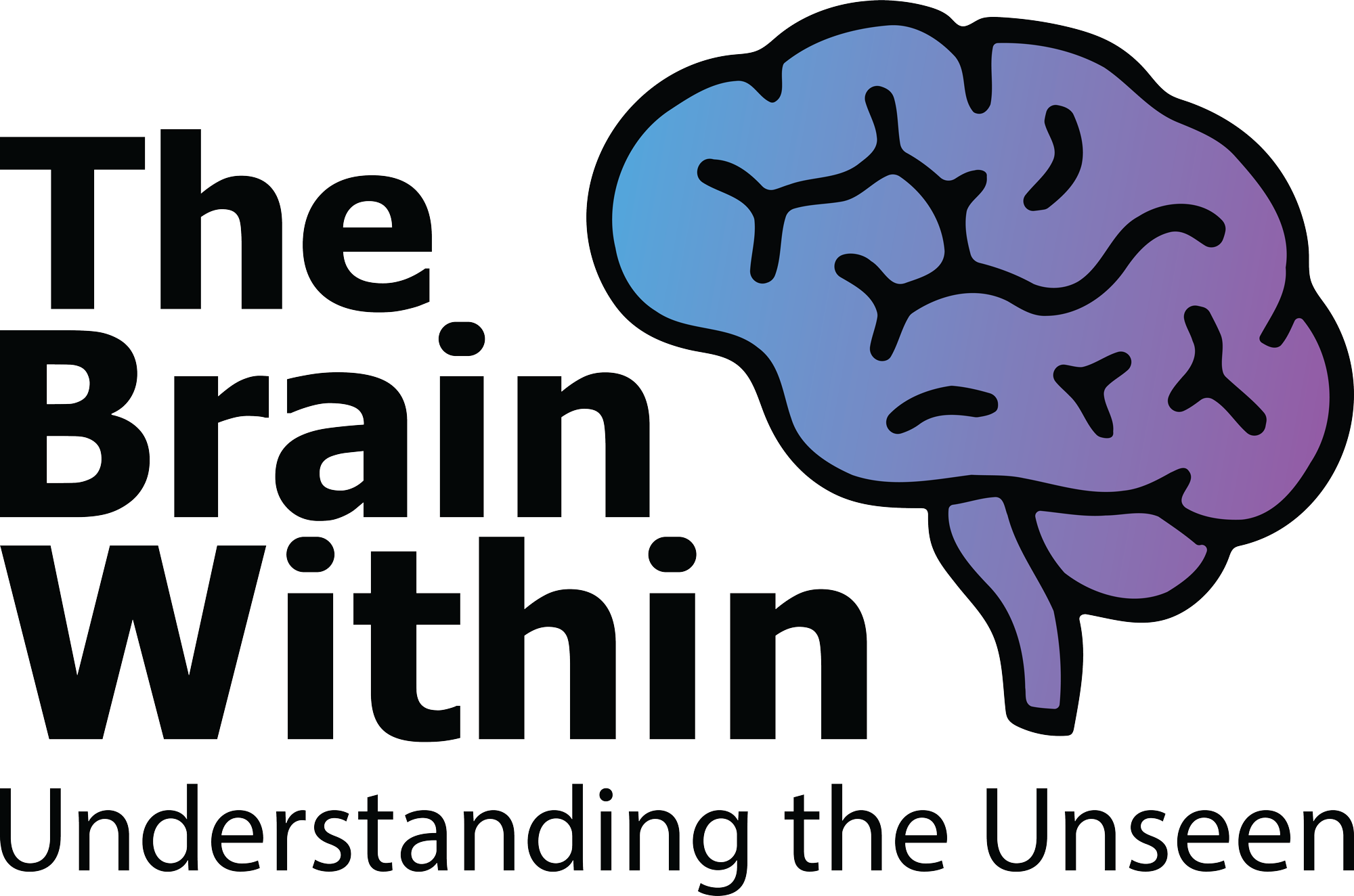Parkinson’s
Parkinson’s disease is a movement disorder of the nervous system that worsens over time. The nervous system is a network of nerve cells that controls many parts of the body, including movement.
Symptoms start slowly. The first symptom may be a barely noticeable tremor in just one hand or sometimes a foot or the jaw. Tremor is common in Parkinson’s disease. But the disorder also may cause stiffness, slowing of movement and trouble with balance that raises the risk of falls.
In the early stages of Parkinson’s disease, your face may show little or no expression. Your arms may not swing when you walk. Your speech may become soft or slurred. Symptoms get worse over time.
Although Parkinson’s disease can’t be cured, medicines may help symptoms get better. Sometimes a healthcare professional may suggest surgery to help control parts of the brain. This surgery may help lessen symptoms.
Symptoms
Parkinson’s disease symptoms can be different for everyone. Early symptoms may be mild, and you may not even notice them. Symptoms often begin on one side of the body, then affect both sides. Symptoms are usually worse on one side than the other. Some Parkinson’s disease symptoms are similar to those of other disorders.
Parkinson’s symptoms may include:

Tremor
Slowed movement
Slowed movement, also called bradykinesia. Parkinson’s disease may slow your movement, making simple tasks more difficult. It may be hard to get out of a chair, shower or get dressed. You may have less expression in your face. It may be hard to blink.
Rigid muscles
Poor posture and balance
Loss of automatic movements
Speech changes
Writing changes
Nonmotor symptoms
Risk Factors
Your chances of developing Parkinson’s are dependent on the complex interaction between genetics and environmental factors. Genetics has caused about 10-15% of all Parkinson’s cases. Scientists have currently identified dozens of gene mutations linked to Parkinson’s. Not only does having a relative raise your chance of developing the disease from 1% to 2%, but environmental factors also play a huge role in its beginning.
Factors like:
